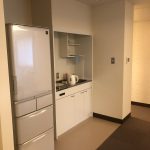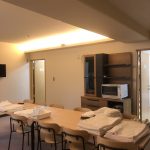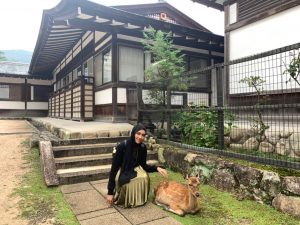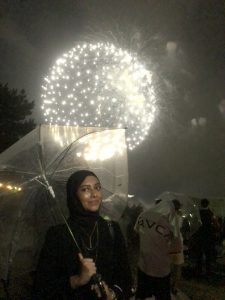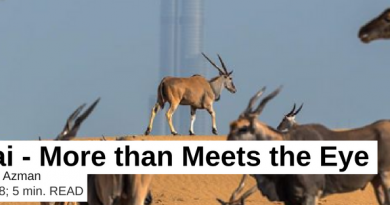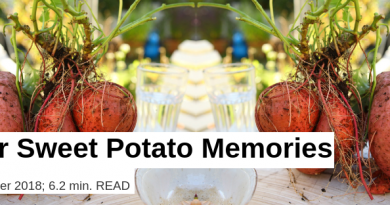Summer in Hiroshima : History, Tradition and Peace
Back when I was 16, I have always flipped through my history textbook about the devastating stories of the atomic bombing in Japan since the miserable event took so many lives.
Now, quick quiz, what are the two cities in Japan that suffered from nuclear bombs? If your answer is Hiroshima and Nagasaki it means you have been paying attention during your history class!
Last month I was fortunate enough to join USM-HCU (Universiti Sains Malaysia-Hiroshima City University) Exchange Summer Program 2019. I have learned so many interesting things and life lessons throughout my journey.
There were 20 participants and each of us stayed with our respective foster families. Again, I was blessed with amazing foster parents that served me with varieties of good Japanese food and hospitality. Their house was warm, cosy and big enough for me and my friend to stay comfortably. They have no children so they treated us like we are one of their own.
Our first visit was the Hiroshima Peace Memorial Museum where the main building displays personal belongings left behind by the war victims. The exhibition describes the devastation and horrible conditions of the post-Atomic bomb in Hiroshima.
On August 6th, 1945, at about 8:15 am, an untested uranium-235 gun assembly bomb was dropped by the US over Hiroshima. Hiroshima was immediately flattened following the bombing and killed 70 000 people instantly. By the end of the year, the death toll had risen to 140,000 in number. The radius of total destruction was reportedly to go close to 1.6 km from the dropping site.
One of the most despairing stories which I have had read in the exhibition was a story about a girl named Sadako Sasaki, who suffered from leukaemia due to the exposure of radiation. Sadako was actually managed to fold 1300 paper cranes before she died.
In Japanese culture, anyone who folds a thousand paper cranes will be granted a wish by the gods. Unfortunately, for Sadako, the gods might need more than a thousand paper cranes to undo the horror effect of the Atomic bomb.
Her struggles and pain in battling leukaemia and the cruelty of war were memorialised in a story of ‘Sadako and the Thousand Paper Cranes’. This story is to be told again and again so it can inspire hope and peace in the new generation.
Next, our trip to Mazda Factory was definitely something new and different. Mazda plays a large role in Hiroshima’s economy. The Mazda Motor Corporation, founded in Hiroshima in 1920, still retains its corporate headquarters in the city of its origins. The company museum and part of the factory are made available for public viewing.
Mazda is intrinsically linked with its hometown of Hiroshima, a city with a rich manufacturing pedigree. Feeling a strong sense of responsibility to his fellow citizens, Matsuda (future president of Mazda) resolved to play his part in rebuilding.
After the bombing in 1945, he resumes his business by manufacturing three-wheeled trucks instead of producing bicycles as he has been planning. This is so that he can help with the construction efforts in rebuilding Hiroshima. Listening to the story of Matsuda, I was touched by the nobility and dedication of this entrepreneur.
Before we conclude the trip to Mazda, we attended an hour lecture on how Mazda generate their workers. Here, we have been briefed of Mazda history and also on how the Mazda rx8 rotary engine works.
During the Q&A session, we have been informed that the minimum monthly wage for Japanese fresh graduates can go up to 203 600 Japanese Yen, which is equivalent to RM 8,000. This is a bit shocking to us since it is way far from what the Malaysian fresh graduate can expect.
I also visited Hiroshima Castle. This ancient castle has to be rebuilt in 1958 because of the damaged caused by the Atomic bombing. It now serves as a museum to tell the Hiroshima’s history before world war II.
The castle was originally constructed in wood, pine primarily, and had wings to the east and to the south attached from its middle section. Within the castle walls, three trees have survived the atomic bombing, they are eucalyptus, willow and holly. Their specimens are preserved just beyond the Honmaru.
The greatest highlight of our journey would definitely be our trip to HCU (Hiroshima City University). After listening to a lecture on Peace Studies by Professor Robert A. Jacobs, we were served lunch together with HCU students. My friends and I enjoyed the team bonding session despite our language barrier and cultural differences.
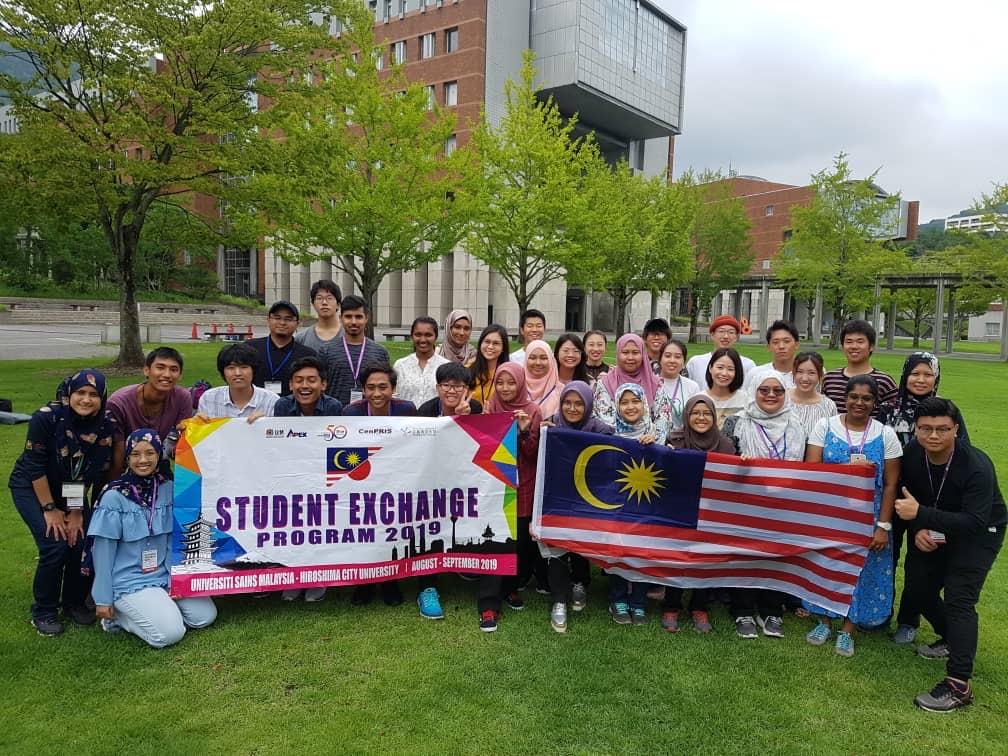
The students of Hiroshima City University have arranged our accommodation in their dormitory, “Sakura” dorm. I was in awe when I entered the room. The university dorm facilities there was one of the best I have ever seen.
Their dorms are created with modern interior design with an exposed structure and expressive use of modern materials. The students are also being provided by essential equipment like a refrigerator, microwave oven, rice cooker, flask, a small kitchen cabinet and a dining table (including the cutlery and glasses). Each room is also equipped with an air conditioner.
During my stay in Sakura dorm, I have learned the manner, in which Japanese sorts their garbage. If you have been to Japan you will hardly notice rubbish bins in public places.
They have a very strict and systematic garbage disposable system where a lot of countries should learn from.
In Japan, the household approach towards waste management is by using the 3R method that is, Reduce, Reuse, and Recycle.
The garbage is sorted out into burnable (red bags), non-burnable (blue-bags), paper, plastic, PET bottles, cans, Styrofoam, newspapers, cartons, unbroken glass and batteries. Although it seems complex at first for me first, once you get used to it, it is no sweat at all. I think this could be the reason why Japan has a sense of pride for being one of the cleanest countries in the world.
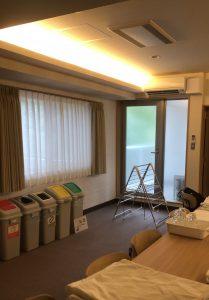
When we were at the Sakura dormitory, we had dinner together with the Japanese students while donning Malaysian traditional clothes. The USM students also have prepared a presentation about Malaysian food, clothes, places and traditional dances. It is a night where we learn about each other culture.
One of the places that I found most scenic that in my trip to Hiroshima is, Miyajima Island. This island is filled with buildings and structures with beautiful architectural design. The most popular place to visit is the Itsukushima Shrine. The foundation of the shrine extends from underneath the sea. It is widely known for its grand and unique construction. The shrine displays a subline and atheistic beauty of the Shinden style of architecture.
Miyajima is also home to more than a thousand Sika deer. The deer are free to walk through the streets of Miyajima. Although they are really friendly, the tourists are not allowed to feed them.
If you ever been in Miyama Island. I would advise you to try one of the delicacies- oyster. Their oysters are served so fresh that as if you can taste the sea.
We were lucky enough to be able to watch fireworks of ‘Hanabi Festival’ that night in Miyama Island. It is an annual festival held in Miyajima Island. Other than flowers and desserts, watching fireworks probably the next magical things.
Our team are scheduled to leave Hiroshima the next day. To celebrate, we had a dinner party where we learned how to make okonomiyaki, Takoyaki and also paper cranes. Before going to bed, our foster parents made us wear ‘Yukata’, traditional Japanese clothing usually worn during winter.

It is one of the rarest opportunity that I could get to experience as a student. I have enjoyed Japan and was certainly grateful to the friends that I have made there. Sayonara Hiroshima, till we meet again.

Umairah is an accounting student from Universiti Sains Malaysia. She loves travelling and cafe-hopping. She is always looking for more challenging opportunities and adventures in life.
Contact info: umairahburhan@gmail.com


